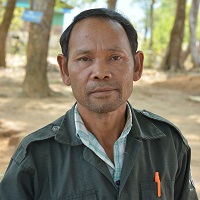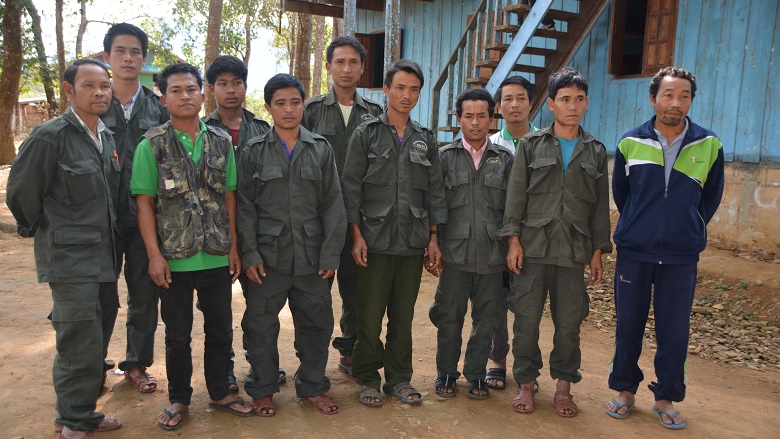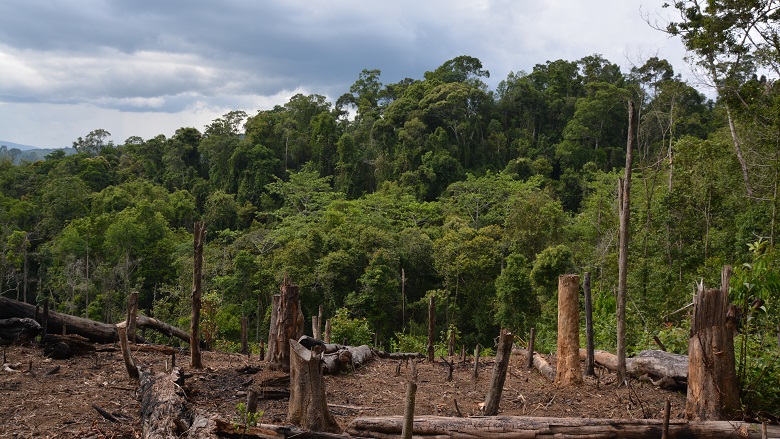The Na Vang village cluster lies nestled in the Nakai-Nam Theun National Park in remote central Lao PDR, and has no electricity, telephone or internet signal. Here, Mr. Air Inthavong, a 48-year-old father of six, heads the local forest ranger team. He has been a ranger for twelve years and works to protect the forest he calls home.
Air explains, “The forest is vital for our livelihoods. It gives us coolness and shade. It makes soil fertile and is the habitat for wild animals. It is the origin of streams, and everything else important for our everyday lives. Invading the forest is like destroying animals’ homes. Our homes are also located in this protected area. If we don’t protect our homes, then who will?”
The protected area makes up the watershed, and environmental offset, of the Nam Theun 2 hydropower project, and was declared one of Lao PDR’s two first national parks in March 2019. In addition to around 7500 inhabitants of enclave villages like Na Vang, it is home to valuable biodiversity and endangered wildlife species unique to the region. This national park is overseen by the Watershed Management and Protection Authority (WMPA) that is responsible for conservation of the forest and support to the livelihoods of the villages located within the protected area. Annual funding is provided by the NT2 project. The WMPA manages the ranger teams, like Air’s group. Local villagers like Air are involved with these efforts, since the local communities have a large stake in maintaining a healthy forest and communicating the value of that forest to the next generation in their villages.




